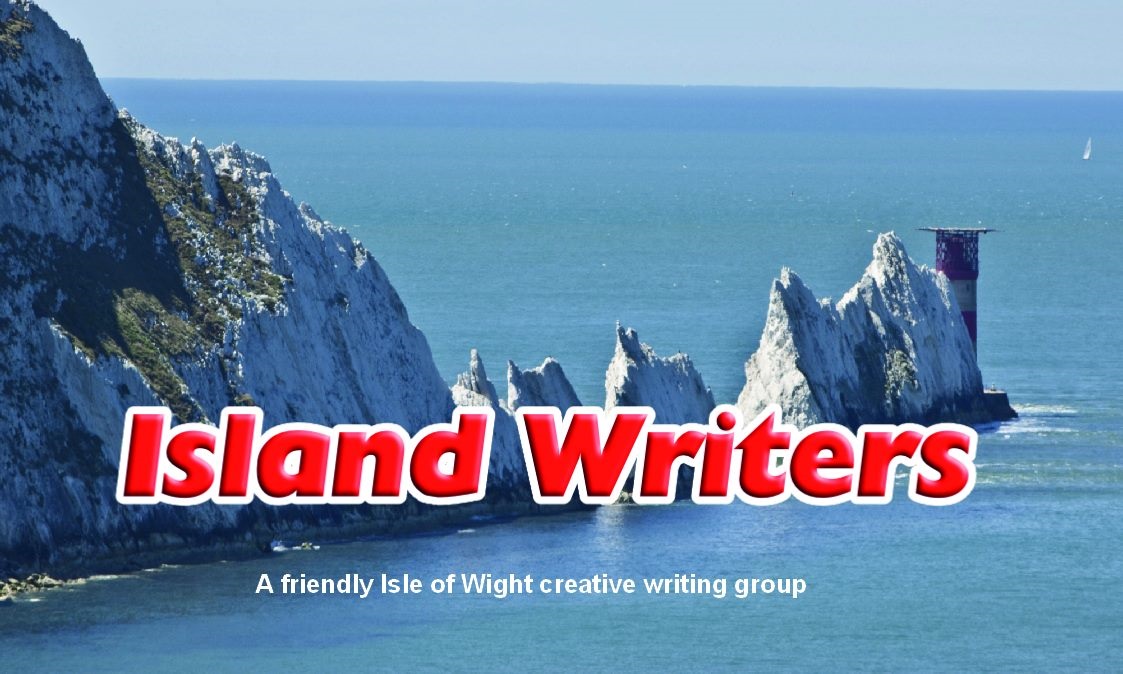
I couldn’t sleep last night.
I’d just read a horrific item on Quora about a girl of 16 who was abducted, and I couldn’t stop thinking about it. The article gave sickeningly graphic details of exactly how this poor child was tortured for a month, before she finally died in agony.
Please understand, I’m not criticising the writer of the article. He was making a point about the justice system: what legal punishment could possibly be adequate for the perpetrators of these atrocities? His account simply gave the facts, in reasoned and unemotive language. I won’t add a link, because I know you couldn’t resist reading the whole grisly tale, any more than I could. And, trust me, you don’t want those images in your head.
But what if that story had been fiction?
Are we, as writers, justified in creating evil images in our readers’ minds for the sake of entertainment? Is it all okay, as long as the victim escapes and the bad guys get arrested or killed in the last chapter? And, of course, in the horror genre, that often isn’t the case.
Conflict is the basis of every plot. If we don’t create wicked, cruel characters, our heroes have nothing to fight against except natural disasters. And we can’t put tidal waves, forest fires and earthquakes in every novel.
Society these days is difficult to shock, so writers try harder.
At what point – if any – does a graphic description of gratuitous violence go beyond ‘only writing a story’ and become socially irresponsible behaviour?
These scenes may not be always necessary to the plot, but the emotions they inspire in readers are part of the experience of reading that novel. If a character suffers, we need to suffer with them, or we cannot truly understand.
This is why I was particularly pleased to get an email from John today. He hasn’t joined us yet, and he can’t make it to our meeting tonight – but he’s already sent in his first assignment!
In Through the Window, the main character suffers from combat stress, but instead of including nauseatingly graphic descriptions of his physical sufferings, the start focuses on his memory of emotions : Hands clawing, mouths snarling, teeth bared, people shouting, a mass of confusion and terror, the stench of sweat, desert and fear in his nostrils.
When it comes to producing our own creative writing, I feel graphic violence is like swearing – a single occasion generally produces a more powerful effect than a constant repetitive flow of such scenes.
These episodes may not be to our taste, but we cannot censor and castrate every strong piece of writing without expecting the overall standard of fiction produced to fall. Do we really want to read a Disney version of The Silence of the Lambs?
